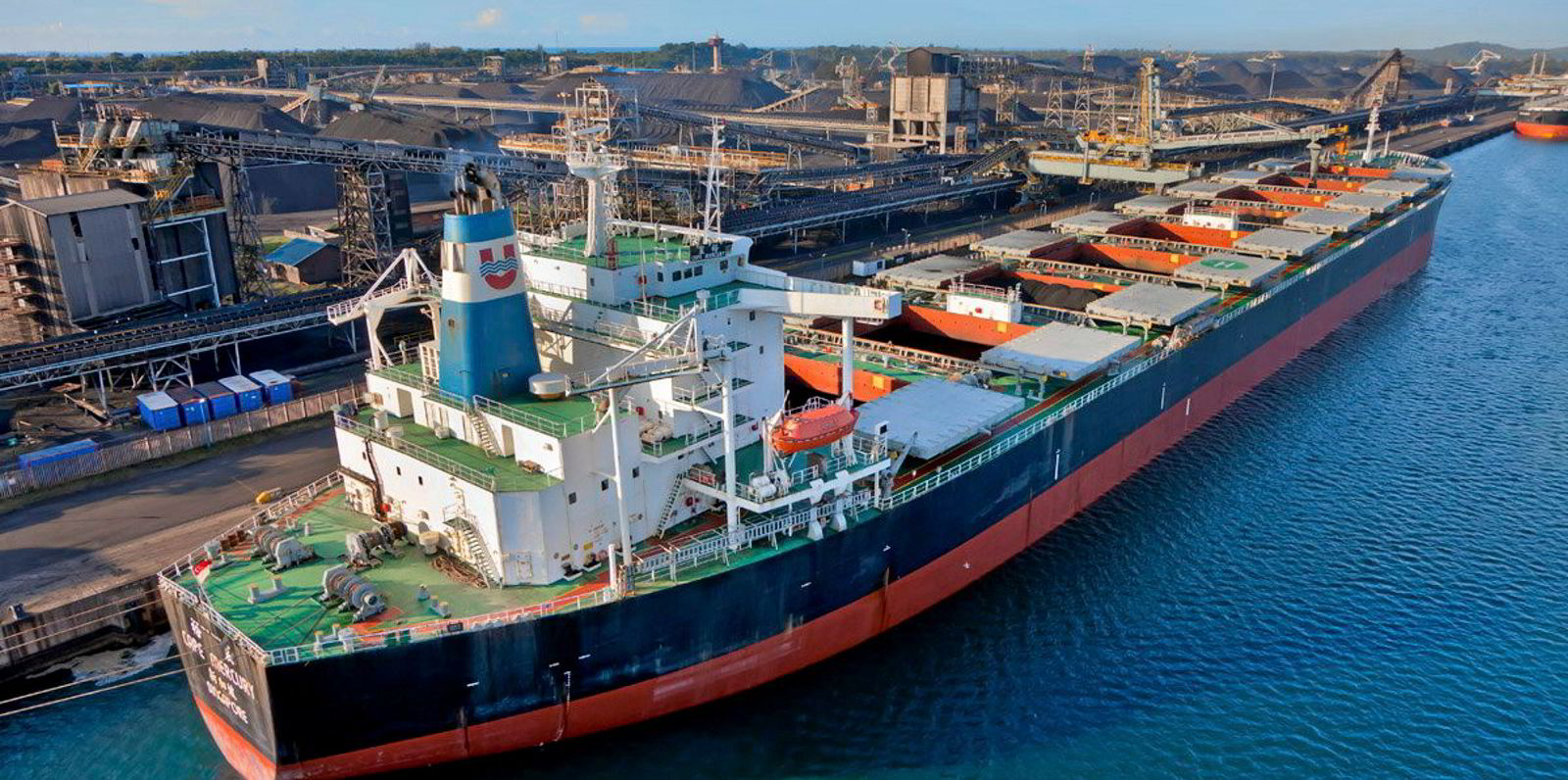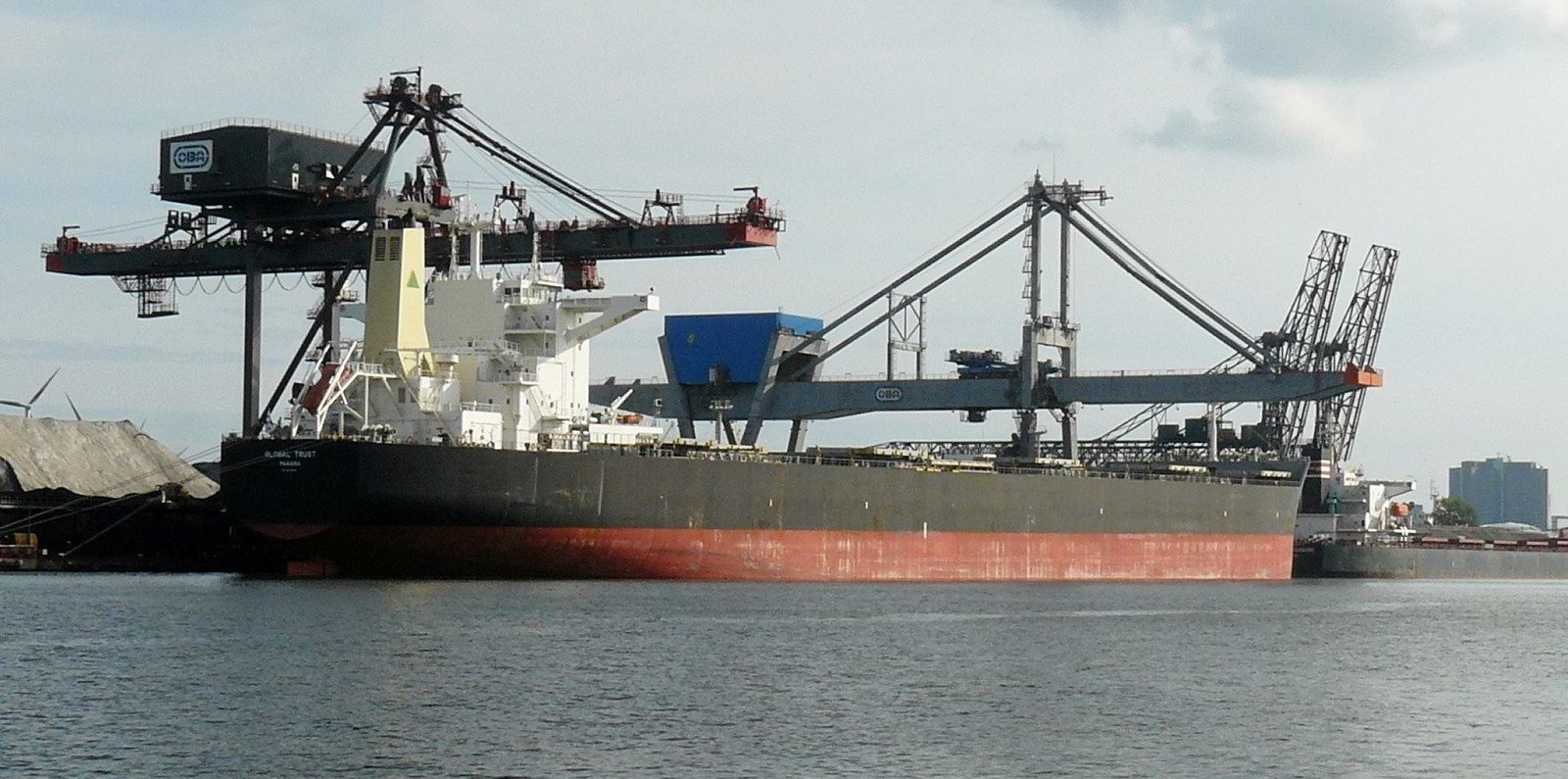South Africa’s Richards Bay Coal Terminal (RBCT) has seen a 40% increase in coal heading for Europe in the first five months of this year.
Data from Reuters shows that by the end of May, RBCT exported 3.24m tonnes of coal to Europe, which is more than the entire amount it sent there in 2021.
The increase is a direct result of wide-ranging sanctions on Russia. Russian coal imports will be banned in the European Union from the second week of August, leaving European buyers to search for coal further afield.
This will change the trading patterns of bulkers that supply coal to Europe, where short-haul runs from the Black Sea currently predominate. The trade is about to go long-haul, which is good for dry bulk as tonne-mile ratios increase.
Russia supplies 70% of the thermal coal that is imported by EU countries. Poland and Germany are the biggest buyers. The trade is estimated to be worth €4bn ($4.2bn) per year.
However, efforts to reduce greenhouse gas emissions put Russian coal imports on a steep decline even before the invasion of Ukraine. Data from Eurostat, the EU’s official statistics office, show that Russian coal imports dropped by 50% between 2014 and 2020. Imports fell from 56.1m tonnes to 44.2m tonnes between 2019 and 2020 alone.
The EU’s ban was first mooted at the beginning of April, which has led to importers accelerating deliveries that have already been contracted. But, anticipating future problems with Russian stock, they also began sourcing alternative supplies the moment Russia’s tanks crossed the Ukrainian border.
South Africa is a logical alternative. About 90% of the coal Russia sells to the EU is thermal coal used in power stations, and South Africa has thermal coal in abundance.
The problem is that the country’s exports are hampered by limitations at the RBCT, which suffers from capacity restraints caused by the poor condition of the state-run railway line that links the terminal with coal mines in the country’s hinterland. It has little wriggle room left to boost export capacity.
Europe is, therefore, actively looking for alternative coal sources from South America and the US.
Colombia is a likely substitute source, said Ralph Leszczynski, Banchero Costa’s Singapore-based head of research.
“Colombia was squeezed out years ago because it became uncompetitive due to falling demand in Europe. It has capacity it can build up. The same applies to the US. Both were dependent on Europe for their coal exports. It doesn’t make sense for them to export to Asia,” he told TradeWinds.
Japan has announced a similar ban. South Korean power companies are also reported to be shunning Russian coal
The EU is not the only region that has blocked Russian coal. Japan, which imports on average 10m tonnes of the commodity, has announced a similar ban. South Korean power companies are also reported to be shunning Russian coal.
Russian coal is shipped to Asian buyers from Vladivostok. Leszczynski believes Japan will replace it with coal from Indonesia and Australia, a move he estimates will increase the tonne-mile ratio by 10 times.
However, other shifts in the Russian coal trade could counter some of the long-haul gains.
Russia’s coal industry has responded to the bans by flooding the market with cheap coal. China has emerged as a major buyer, doubling imports to 4.42m tonnes between March and April, according to trade data from Refinitiv.
CNN recently reported that Russia had overtaken Australia as China’s second-biggest supplier since last year and now accounts for 19% of its coal imports.
The impact of China’s increased imports of Russian coal is being felt elsewhere. China was the third-biggest importer of coal from South Africa in 2021, at 6.09m tonnes, but has not received any this year, according to Reuters.
The bulk of the Russian coal heading to China is being shipped by rail, thus cutting bulk carriers out of the equation.
Leszczynski said that overall, the Russian coal bans will be positive for the dry bulk sector provided substitute volumes are shipped. However, he cautioned that if there is a significant increase in coal prices, it could lead to demand destruction.
High energy prices, he said, could send Europe into recession, which would lead to reduced energy demand.





